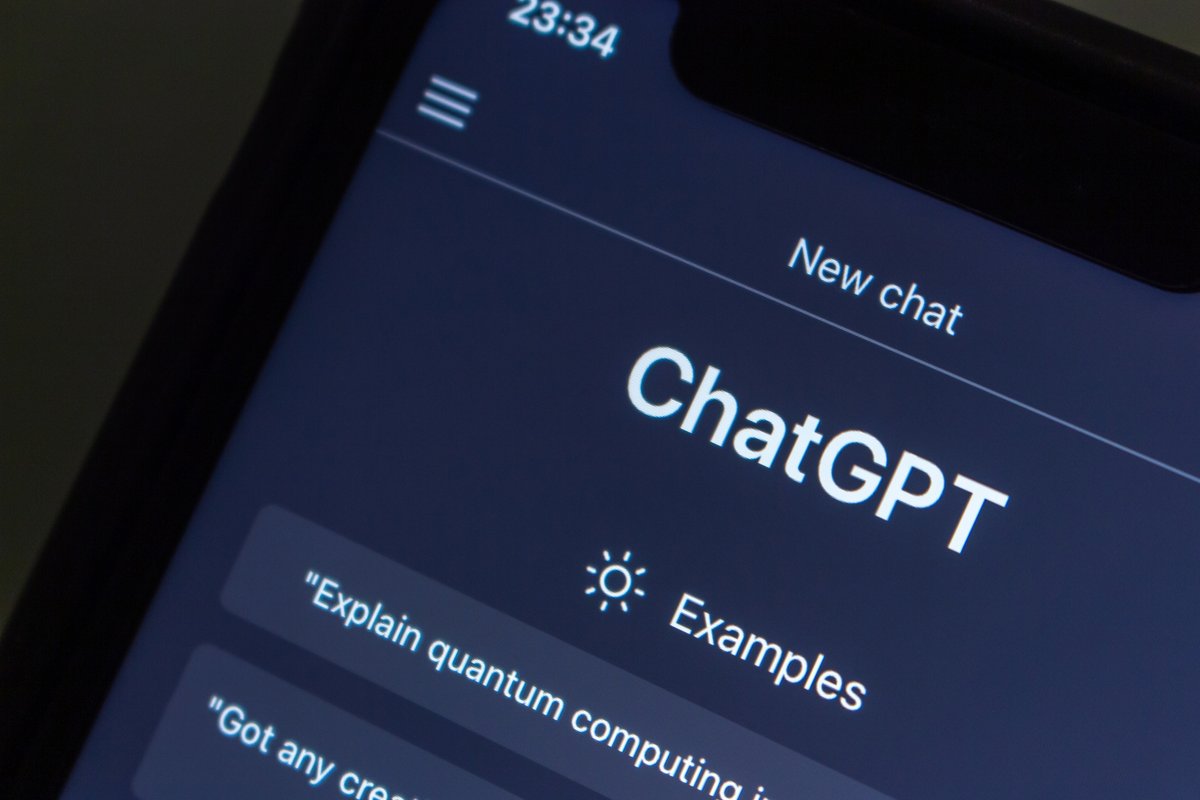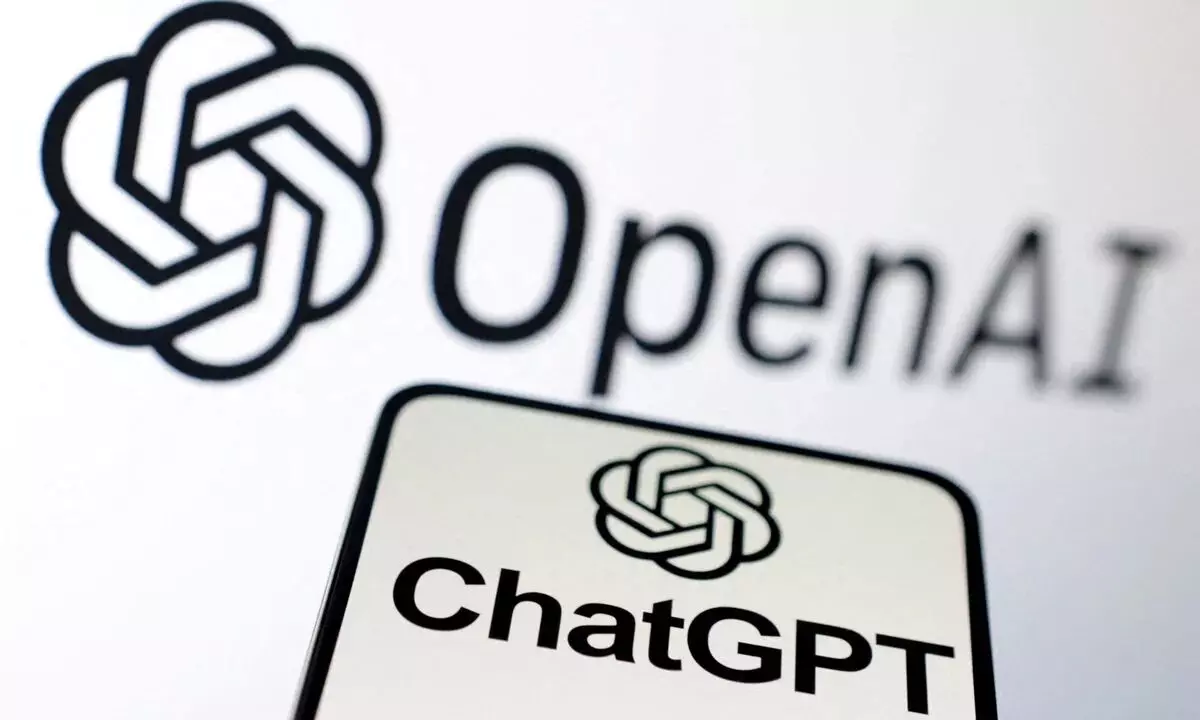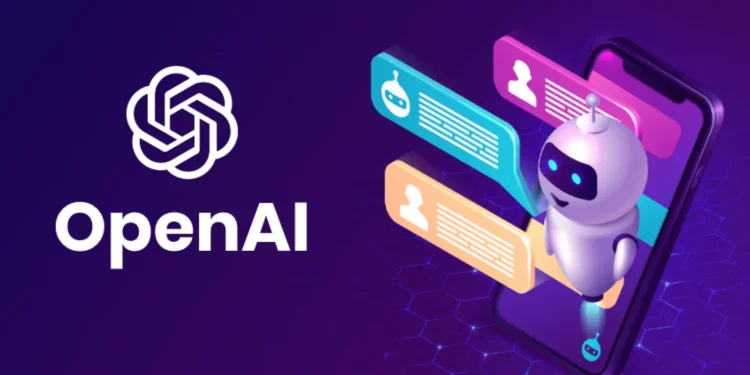After a noticeable delay and considerable anticipation, OpenAI has launched an early version of its ChatGPT application for Windows, marking a significant expansion from its initial exclusive availability on Apple’s macOS. This move comes several months after OpenAI chose to launch its flagship AI chatbot solely on macOS—a decision that stirred quite a bit of discussion given Microsoft’s deep financial ties and technological integrations with OpenAI.
Despite the excitement surrounding ChatGPT’s broader availability, the Windows version currently caters exclusively to subscribers of ChatGPT Plus, Enterprise, Team, and Edu plans. Access to the tool comes with a $20 monthly subscription fee, a barrier that highlights OpenAI’s strategy to monetize its advanced AI capabilities while still expanding its user base.

Why Windows, and Why Now?
The timing of this rollout is intriguing. Earlier in the year, OpenAI’s decision to prioritize macOS users raised eyebrows, especially considering the alignment and investments between OpenAI and Microsoft. In response to queries about the absence of a Windows version, Mira Murati, former CTO of OpenAI, noted that the decision was based on prioritizing user demographics that predominantly use macOS. However, with Windows 10 still dominating the global desktop market share at 62.79%, the demand for Windows compatibility was undeniable.
The new ChatGPT app for Windows does come with its limitations. It lacks support for features like Advanced Voice Mode and integration with the OpenAI GPT Store, hinting that while Windows users can now access the AI tool, they might not be getting the full suite of features—at least not yet. This phased approach suggests OpenAI is testing the waters with its Windows audience, refining features based on user feedback before a full-scale rollout.

Strategic Implications for Microsoft and OpenAI
This development is particularly significant for Microsoft, which has been pushing its users towards Windows 11, which now claims 33.37% of the market share. With the impending end of support for Windows 10 in October 2025, Microsoft’s aggressive upgrade campaign, including multi-page popup ads, underscores its strategy to consolidate users around its latest operating system, which is more integrated with AI capabilities.
For OpenAI, the strategic delay in releasing ChatGPT for Windows may serve multiple purposes. It allows the company to capitalize on its developments and create a buzz around its product launches, while also managing resource allocation more effectively across different platforms. By initially limiting the release to higher-paying subscribers, OpenAI is likely trying to balance user acquisition with revenue generation, a vital factor for sustaining its innovative AI research and development.

OpenAI’s rollout of ChatGPT for Windows, though restricted, is a crucial step in making advanced AI tools more accessible to a broader audience. As the AI landscape continues to evolve, how OpenAI manages its platform strategy and monetization will be pivotal in maintaining its position at the forefront of AI technology providers.
The decision to finally bridge the gap between macOS and Windows for ChatGPT users reflects a broader trend of tech companies adapting to the dynamic preferences and requirements of their user bases. Whether this move will significantly shift user engagement from macOS to Windows remains to be seen, but for now, it represents a strategic expansion to embrace a more diverse digital ecosystem.










